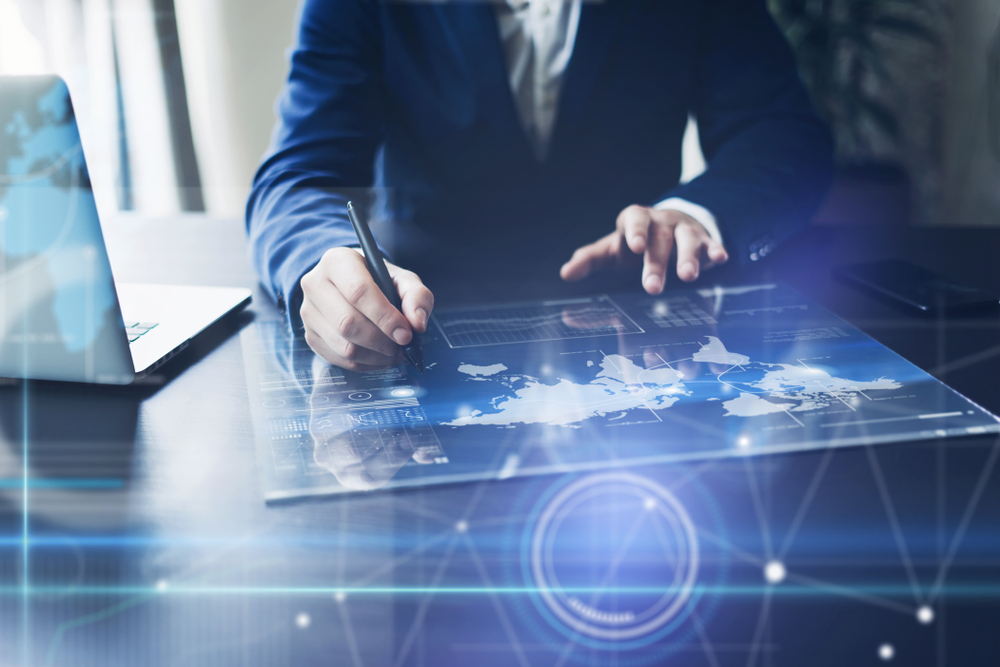The modern workplace is evolving faster than anyone ever imagined, with the global health crisis causing a paradigm shift in the way we work. In the last few months, organizations have responded to the crisis with unparalleled agility, adopting digital solutions to reboot their enterprises and reimagining the way they operate. As Satya Nadella recently said, “we’ve seen two years of digital transformation in two months.” We’ve seen an acceleration of many workplace changes already well underway, such as increased needs for “remote everything,” including support of mobility, remote work, and distributed teams. From online education on Teams, to providing telemedicine and keeping large workforces connected and engaged, the future of work is transforming each day.
Supported by Windows Virtual Desktops and Microsoft Teams, organizations quickly switched to remote working environments to maintain business continuity even as the Covid-19 pandemic began. But after nearly five months, we are seeing a gradual shift to a “hybrid” work model, which entails a mix of in-office and remote work. The social distancing owing to Covid-19 has promoted organizations to actively consider a fundamental reset in the way we work and a hybrid work environment is likely to be the new normal for many organizations in the near future. The future operating model of Tata Consultancy Services will have 25% of their workforce at their facilities and they are committed to driving high productivity with anytime, anywhere, collaborative working.
In hybrid working environments, productivity and enabling seamless collaboration to empower employees are of paramount importance. As primary productivity engines, devices that enable the modern workplace need to have enterprise-grade security and offer best-in-class productivity. We are all adapting to working apart, but we don’t have to lose sight of the goals we want to achieve together. Wherever and however we work or our teams collaborate, we can still stay focused to get work done quickly, and comfortably. Whether you are calling into meetings from your kitchen, working through your inbox on the touchscreen or tackling graphic-intensive tasks from home, nothing gets in the way when you are getting work done with Surface. Secure Microsoft Teams calls help bridge the distance between remote team members, whether you are collaborating across devices on your own Surface or gathered around Surface Hub 2S. Organizations can retain the control they need to stay secure with zero-touch deployment, one-click device management, and protection from Microsoft. Since security is built into every layer of Surface, organizations can deploy and ship straight to employees, and manage devices down to the firmware level.
As organizations recover from the crisis and gain efficiencies, we are committed to helping them achieve their economic goals and find new growth through innovation. This calls for multi-channel applications and services that enable innovation, engagement across the customer lifecycle, employee outreach and seamless integration of new technologies. When Mphasis wanted to ensure its 26,000 strong workforce was safe and in good health, they used the crisis communications template in Microsoft Power Apps to create a suite of six apps in just four days and deployed across various offices within the organization.
Ensuring not just the safety of employees, but also their physical and mental wellbeing will be key. For employees, a common pain point of remote work is remote meeting fatigue, and significantly higher overwork and stress in video meetings than non-meeting work like writing emails. To address stress around remote work, organizations are deploying flexible work environments that mirror the office workspace as well as adapt to the unique working styles of employees. Businesses are using collaboration tools such as Microsoft Teams which can help make virtual interactions a little more natural, engaging and human and reduce meeting fatigue through functionalities such as virtual backgrounds, whiteboards, chat bubbles and the recently introduced “Together mode” that uses AI segmentation technology to digitally place participants against a shared background.
Reimagining the future will be imperative for organizations across industries, and it is our responsibility to help them embrace the digital future that will help this get done. Every crisis is an opportunity to reinvent, to be able to emerge stronger. This is an inflection point to enable digital transformation in organizations and pave the way for sustainable growth. In a world where the lines between physical and digital are fast blurring, transformation will not be limited to a division or function. It will be imperative to connect employees, engage customers, manage operations, all in a connected digital ecosystem. That is when the true potential of an organization’s product or service innovations will be unlocked.
A lot more innovation and further acceleration of the digital transformation of businesses is coming in the near future and Microsoft will continue to partner with customers, using technology to help them realize their business goals. #WeAreTogether



